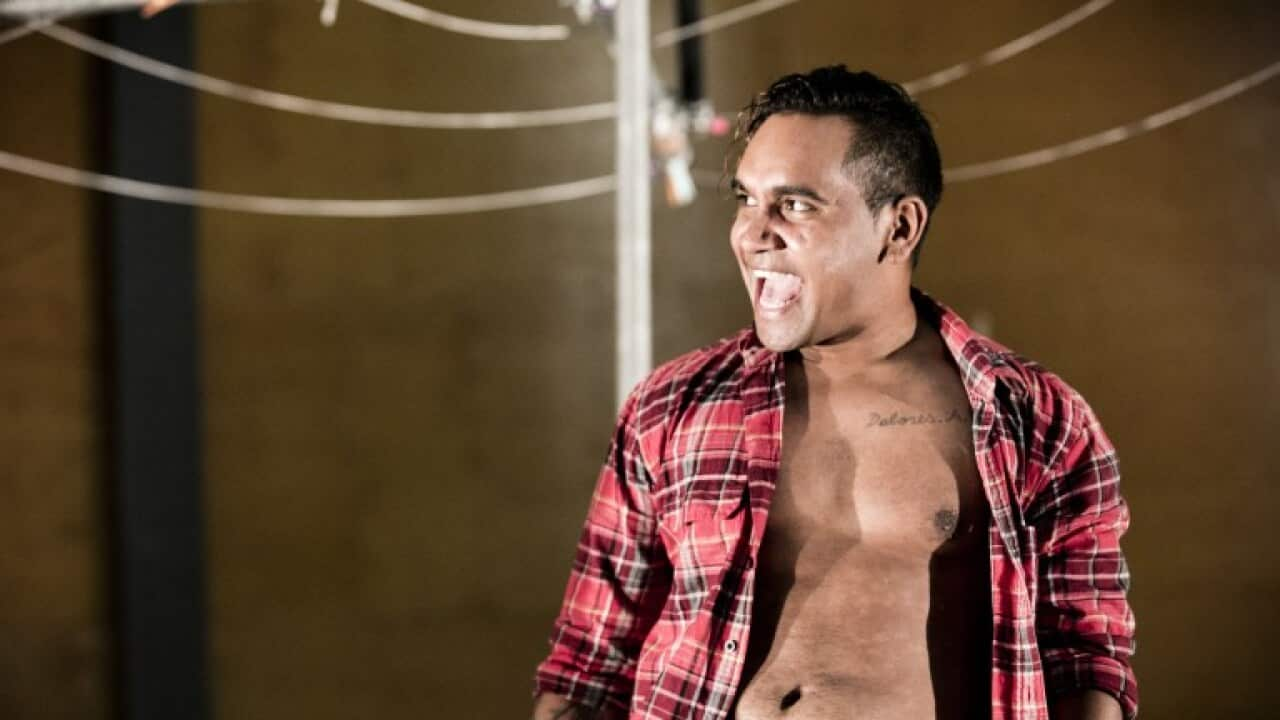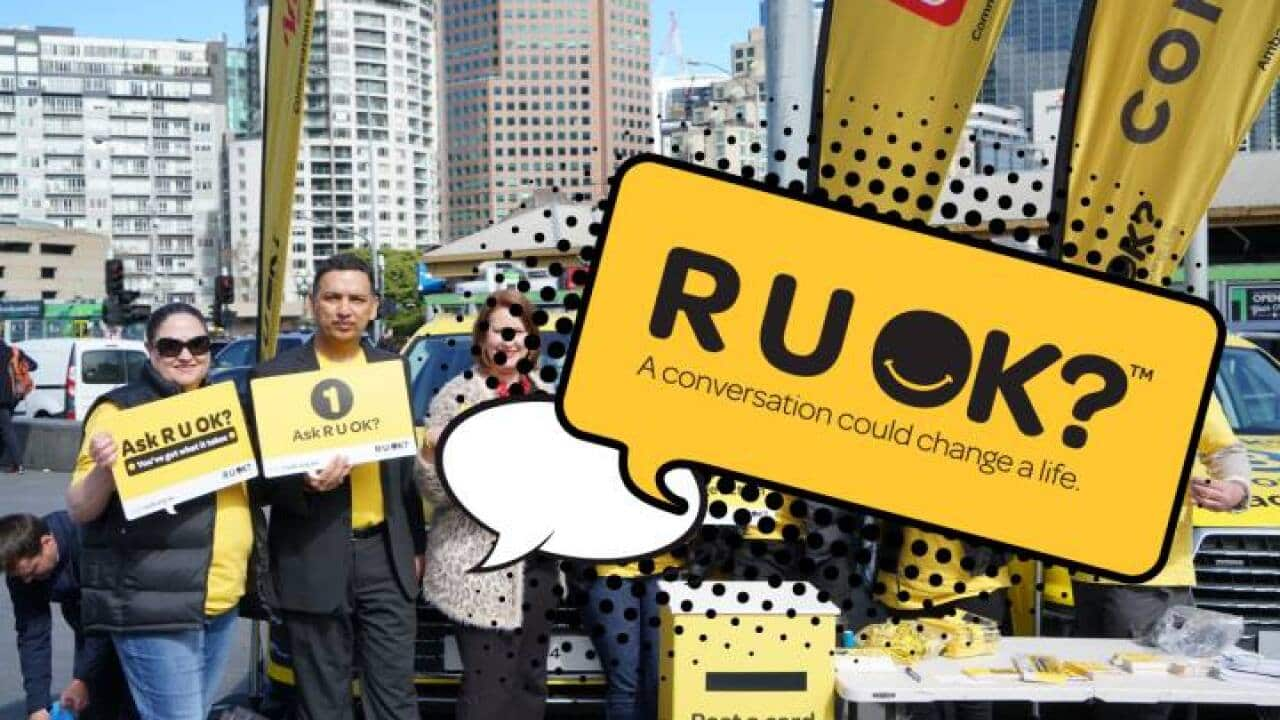Communities and families are mourning the loss of five young Aboriginal girls who took their own lives in separate incidents in Western Australia, Townsville and Adelaide this year.
In early January, a 15-year old girl from Western Australia died two-days after self-harming on a visit to Townsville.
Last Sunday, a 12-year old girl died in the Pilbara mining town of Port Hedland, followed by a 14-year old girl in the East Kimberley community of Warmun last Monday.
Another was a 15-year-old Noongar girl from Perth who died last Thursday and a fifth was a 12-year-old girl from a town near Adelaide who died last Friday.
Another 12-year-old boy is reportedly on life support at a hospital in Brisbane after what is suspected to be an attempted suicide. He was flown from Roma to Brisbane yesterday, The Australian reports.
The Director of Suicide Prevention Australia, Vanessa Lee, is calling on the federal government to support an Aboriginal and Torres Strait Islander suicide prevention strategy tailored specifically to meet the needs of Indigenous people.
"When are we going to see change... when are we going to see a national Indigenous suicide prevention strategy supported by the COAG, delivering for Aboriginal and Torres Strait Islander people by Aboriginal and Torres Strait Islander people," Ms Lee said.
"We need to remember that Indigenous people know the solutions. We know the answers. We didn't write the for a joke... funding needs to be put into Indigenous organisations, into Indigenous hands."

"We need to remember that Indigenous people know the solutions, we know the answers" - Vanessa Lee Source: AAP
National coordinator for the National Child Sexual Abuse Trauma Recovery Project, Gerry Georgatos, told NITV News the recently reported suicides have weighed heavily on the affected families and communities.
“These incidences… have impacted –psycho-socially– the family. Hurt them to the bone. There are no words for anyone’s loss," he said.
“To lose a child impacts ways that no other loss does, and to lose a child is a haunting experience straight from the beginning and doesn’t go away.”
South-western Noongar woman, Grace Cockie, lost her 16-year old daughter to suicide last March in their home in Perth.
"It was a devastating experience, I don't ever want to go through that again and I don't want no one else to go through that," Ms Cockie told NITV News.
"She went to school every day. She loved going to school, hanging out with her friends, playing football with her Aunties.
"Part of us is gone... No one is going to replace her," she said.
Ms Cockie wants other parents to encourage their children to speak-out if they feel unwell and said there needs to be more mental health initiatives which offer culturally supportive help for Aboriginal youth.
"Keep an eye on them and talk to them all the time," she said.
"There's a lot of avenues for whitefella kids, you know, and with our Aboriginal kids they're probably too scared... they probably think they (mental health workers) won't help them," she said.
The Kimberley region faces alarming suicide rates
The deaths come as WA waits on a final report from an inquest into 13 Indigenous youth suicides in the Kimberley region from 2012 to 2016.
The Kimberley region has – not just for Aboriginal youth, but for the entire Aboriginal and Torres Strait Islander population.
The inquest by state coroner Ros Fogliani is expected to table findings early this year.
The Australian Bureau of Statistics found last month that Indigenous children aged between five and 17 died from suicide-related deaths at five times the rate of non-Indigenous children.
This rate was 10.1 deaths by suicide per 100,000 between 2013 and 2017, compared with 2 deaths by suicide per 100,000 for non-Indigenous children.
One in four people who took their own life before turning 18 were Aboriginal children.
Mr Georgatos said nine out of 10 suicides in the Kimberley region have involved Aboriginal and Torres Strait Islander people.
A senate inquiry in December found that not only are services lacking in remote and rural areas of Australia, but culturally appropriate services were often not accessible.
The inquiry found that the lack of culturally supportive services is leaving Aboriginal and Torres Strait Islander people accessing mental health services at a far lower rate than non-Indigenous people.
Mr Georgatos said that services aren’t accessible to the majority of people living in the Kimberley, saying that suicide prevention has come down to community support as opposed to accessible mental health professionals.
“Many of these communities [in the Kimberley region] have no services… It is forever community buy-in to support, to have a watchful eye ..., but people become exhausted,” he said.
Mr Georgatos said he believes investing in local workforces that possess local cultural knowledge and training these workers to understand intense psychosocial support for young adults is the way forward.
Poverty the ‘driver’ towards suicide
Poverty and sexual abuse in the Kimberley region may be a leading factor for youth suicide, according to Mr Georgatos.
“Nearly 100 per cent of First Nations suicides… are of people living below the poverty line,” he said.
“Crushing poverty [in Kimberley and Pilbara] is the major driver of suicidal ideation, of distorted thinking, of unhappiness, of watching the world pass one by right from the beginning of life.
“One-eighth of First Nations people living in the Kimberley live in some form of homelessness… sixty per cent live below the poverty line.”
A Medical Journal of Australia report in 2016 showed seven per cent of all people living in the Kimberley were homeless.
Last year, forty per cent of youth suicides in Australia were Aboriginal and Torres Strait Islanders.
“It is a humanitarian crisis… one-third of those suicides is identified as children of sexual abuse, and we don’t have the early intervention to disable the trauma of child sexual abuse,” Mr Georgatos said.
“We don’t have the early intervention and the trauma recovery for them, we don’t have the outreaches for them but what we also don’t have is the talking up and calling out of sexual predation in communities.”
Mr Georgatos said he believes if we have education in communities about what young children should do if they were to ever be predated upon, it would reduce the child internalising their trauma which may lead to suicidal ramifications.
“What we need to do is we need to outreach more personal on the ground to outreach into these communities to support them into pathways where they can access education,” Mr Georgatos said.
“We need more psychosocial support, people just to spread the love… to keep people on a journey to a positive and strong pathway and to ordered thinking, not disordered thinking.”

“We need more psychosocial support, people just to spread the love" - Gerry Georgatos. Source: AAP
Government supported resources
Australian youth mental health organization, headspace, last week received a
Chief Executive Officer, Jason Trethowan, told SBS World News the organisation will be working closely with Indigenous communities thanks to the new funding.
"We know there are challenges around rural remoteness and often headspace hasn't been there for them... that's why we have a trial going on in the Pilbara region of Western Australia where there are actually headspace services without a headspace centre," he said.
Indigenous health minister, Ken Wyatt, told NITV News the federal government will continue to invest $3.9 billion over the next three years (from 2018-22) in Primary Health Networks (PHNs) to commission regionally and culturally appropriate mental health and suicide prevention services, particularly in the Kimberley and the Pilbara regions.
Currently the key active programs in these regions include the government’s $4 million Kimberley Suicide Prevention Trial and the $2.2 million Pilbara headspace trial, which opened in April last year.
The Pilbara headspace trial was co-designed with local communities, including young people, service providers, community members and local Elders.
The Pilbara headspace team has staff located in Newman, Port Hedland and Karratha, with employees spending their time in schools, youth centres, Aboriginal Medical Services, community centres and other locations.
This allowing them to reach out to youth who may not typically engage with school or youth services, said
Samara Clark, manager of headspace, Pilbara.
“It’s all about engagement first, building trust, building visibility," she said.
"What we’re hoping for is positive help-seeking behaviour, where they feel safe and comfortable enough to come up to us,” she said.
Ms Clark encourages anyone who sees a headspace worker, who may be identified by their green t-shirts, to reach out to them for support.
“If a young person sees one of the team members around, even if a community member sees them, just go up and have a yarn ... the team will talk to you then and there.”
- Readers seeking support and information about suicide prevention can contact: Lifeline on 13 11 14, the Suicide Call Back Service on 1300 659 467 or find an . There are resources for young people at .












